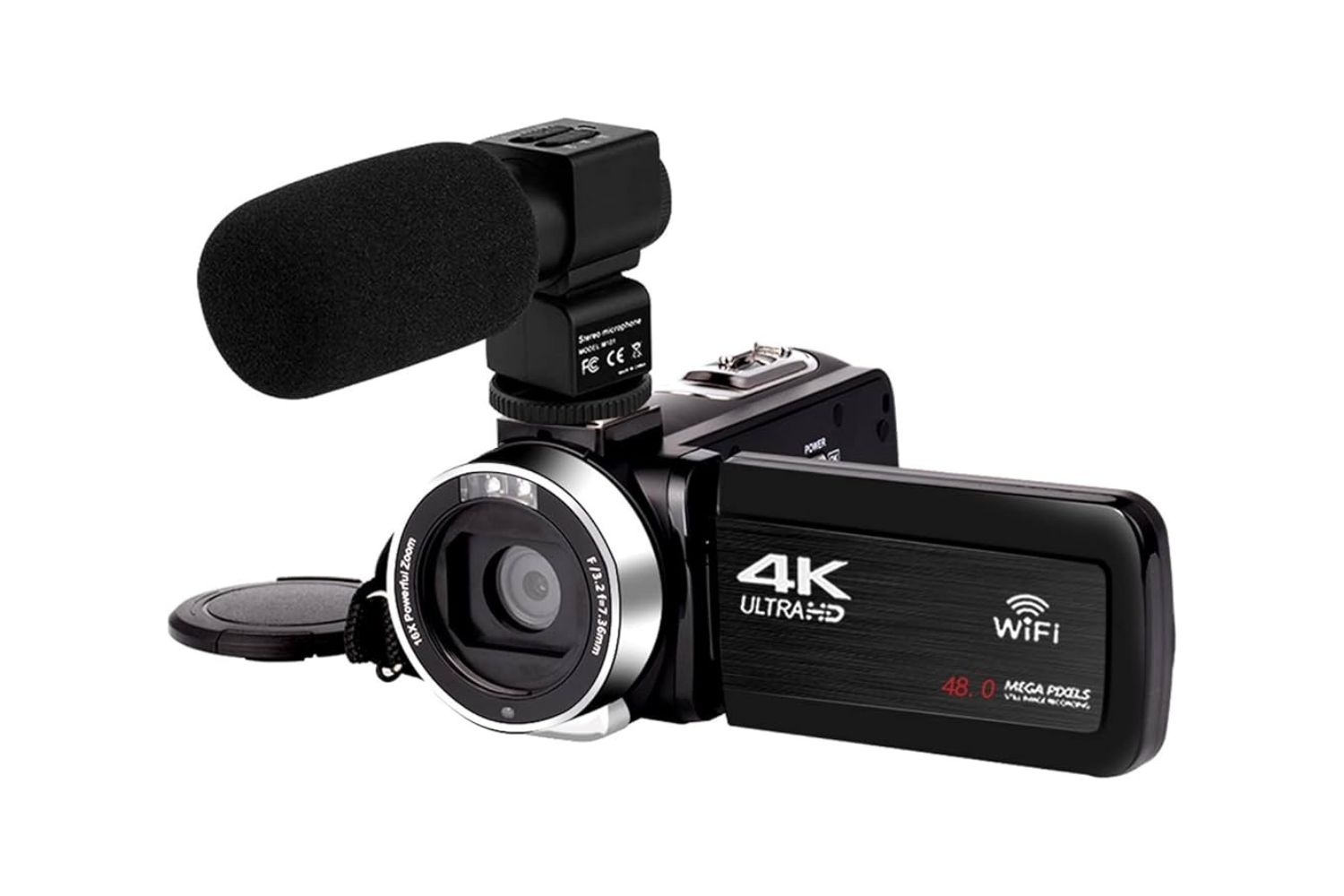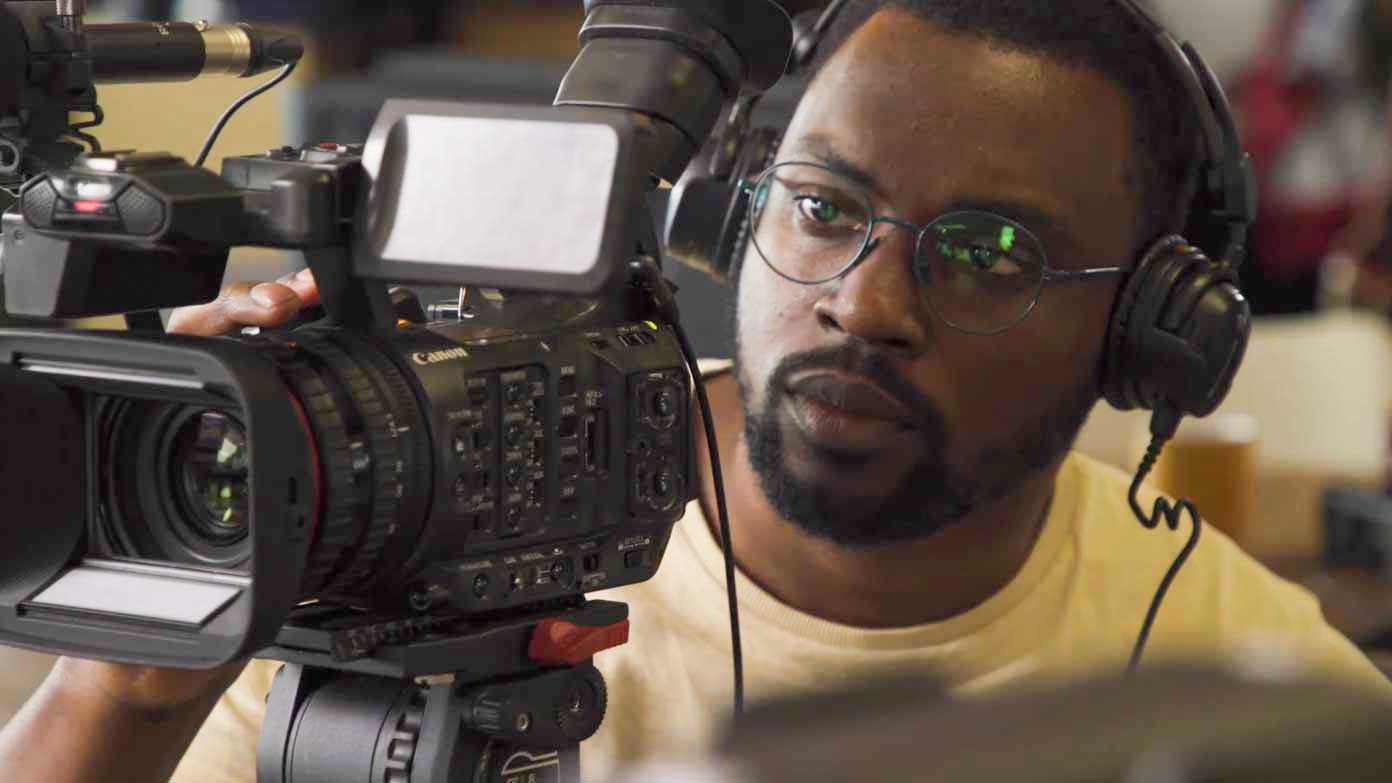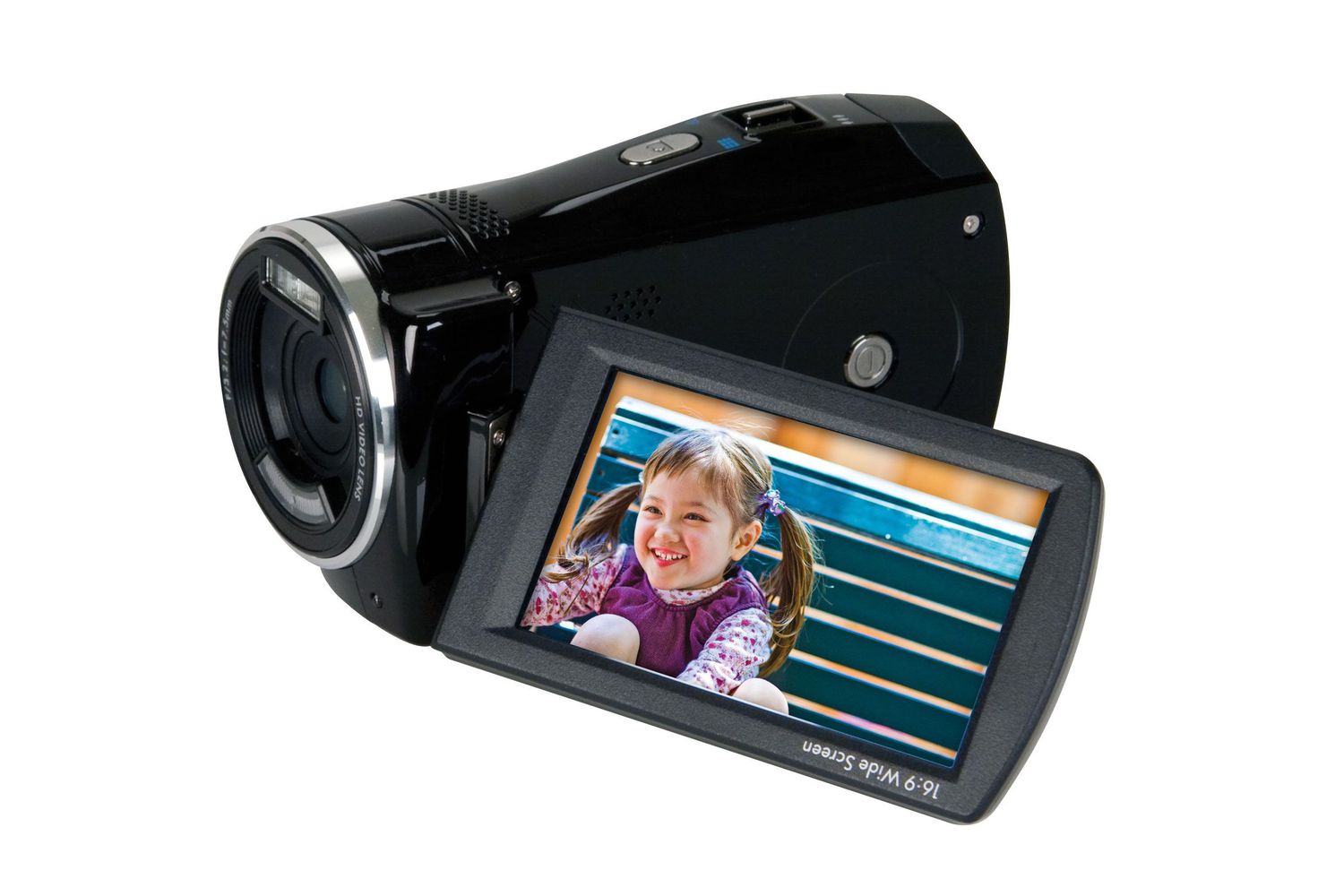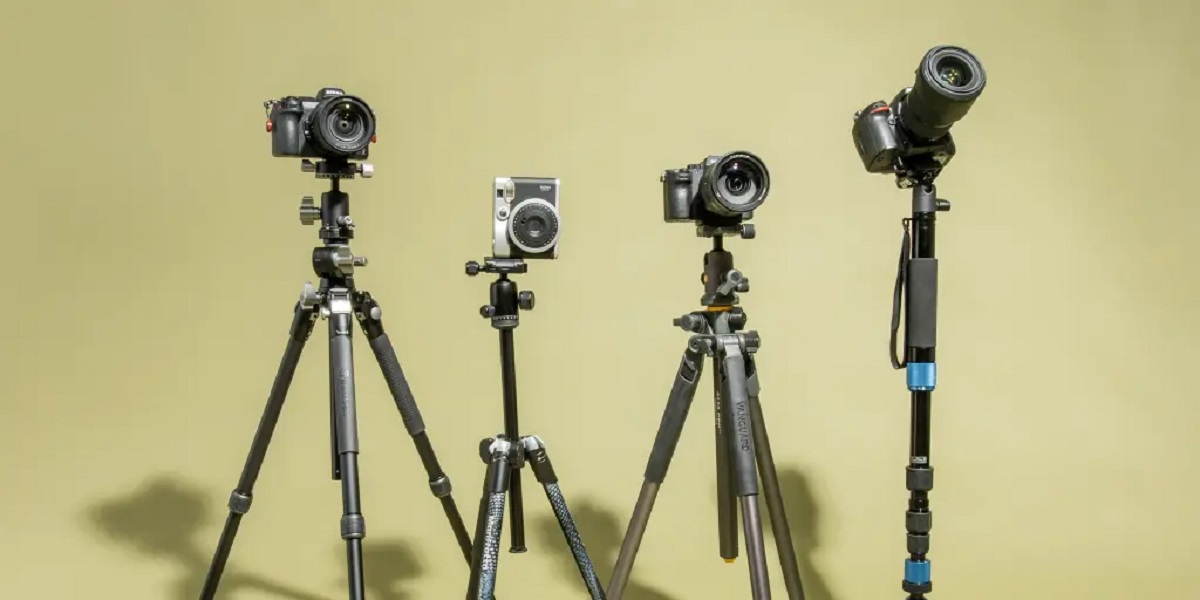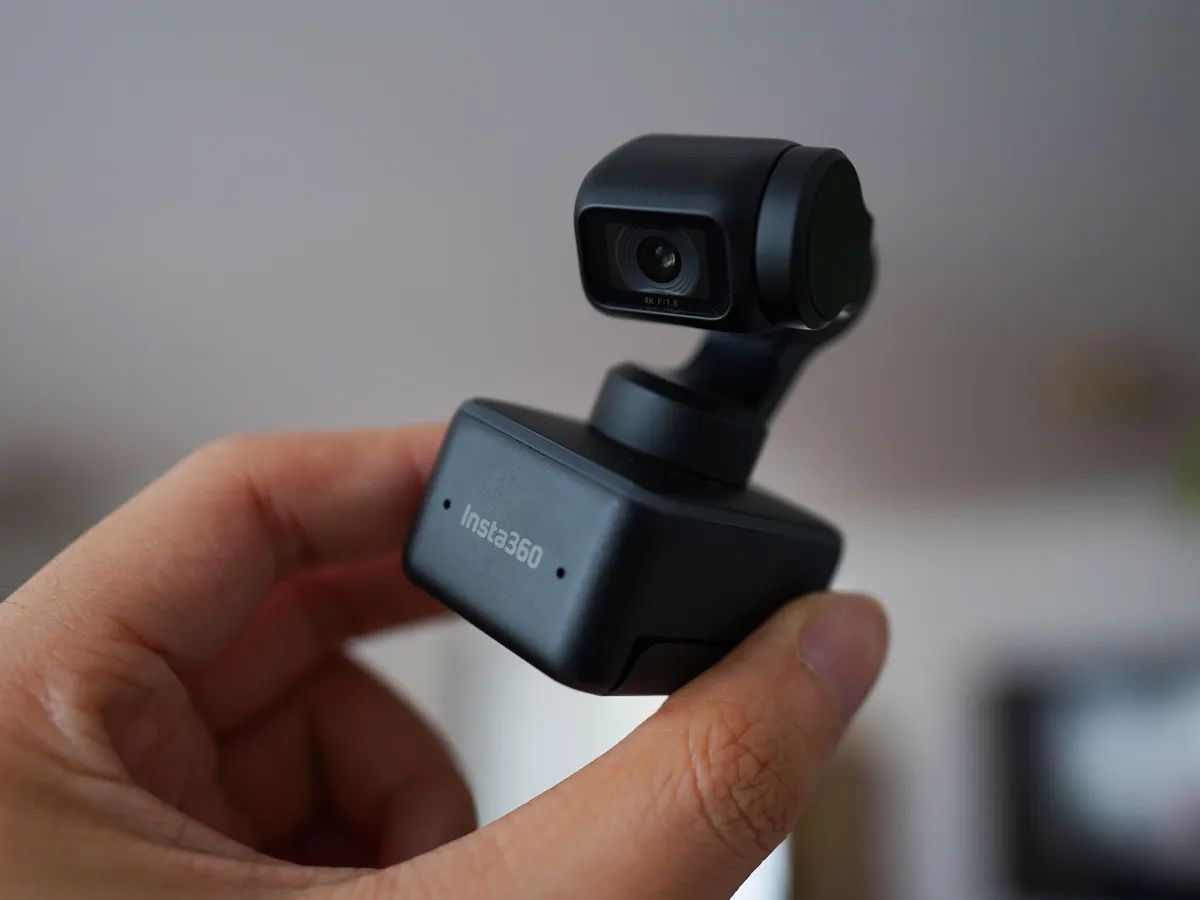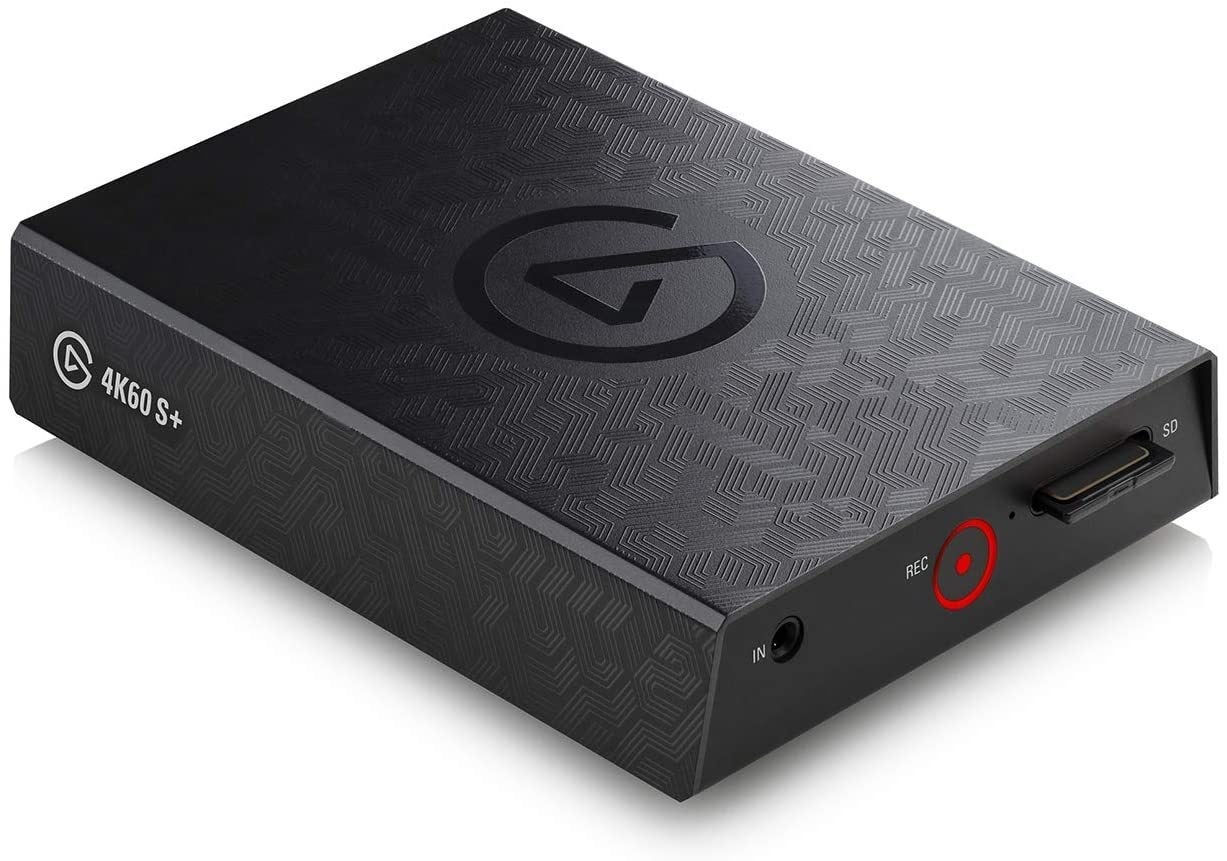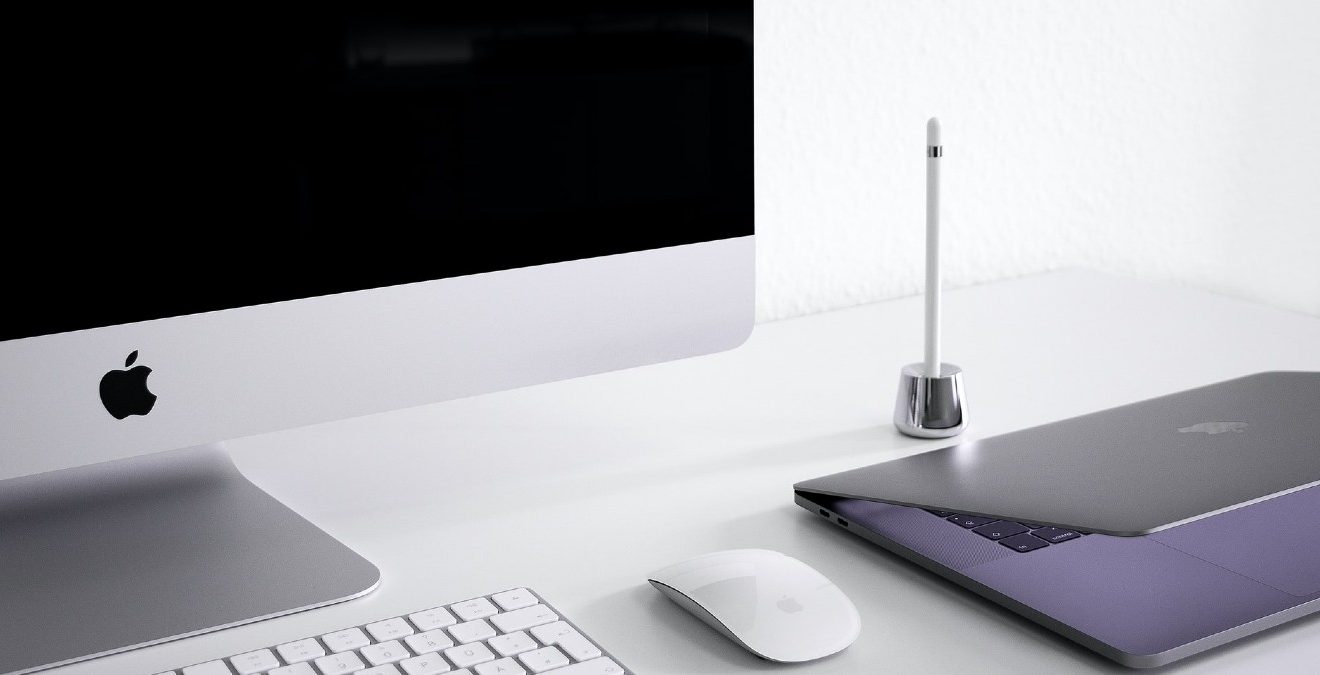Introduction
When it comes to capturing high-quality audio during video recording, having a reliable microphone is essential. In the world of camcorders, the built-in zoom mic plays a pivotal role in ensuring that the audio quality matches the high-definition visuals. This innovative feature enhances the overall audio experience, allowing users to record clear and crisp sound directly from the source. Understanding the functionality and benefits of a built-in zoom mic can greatly impact the quality of video content, making it an indispensable tool for videographers and content creators.
The built-in zoom mic is a specialized microphone integrated into the camcorder, designed to capture audio with precision and clarity. Unlike traditional microphones, the built-in zoom mic offers enhanced directional sensitivity, allowing it to focus on specific sounds while minimizing background noise. This results in a more immersive and authentic audio experience, complementing the visual content captured by the camcorder.
As technology continues to advance, the built-in zoom mic has become a standard feature in modern camcorders, catering to the increasing demand for high-quality audio in video production. Understanding its functionality and capabilities is crucial for maximizing its potential and achieving professional-grade audio recordings. In the following sections, we will delve deeper into the mechanics of a built-in zoom mic, its benefits, limitations, and practical tips for optimizing its performance. By gaining insight into this innovative audio technology, videographers and enthusiasts can elevate their video content to new heights, delivering an engaging and immersive viewing experience for their audience.
What is a Built-In Zoom Mic?
A built-in zoom mic is a specialized microphone system integrated into a camcorder to capture high-quality audio with precision and clarity. Unlike traditional microphones, the built-in zoom mic is designed to adjust its focus and directionality to match the camera’s zoom lens, allowing it to capture sound from a specific area or subject within the frame. This innovative feature enables videographers to record targeted audio while minimizing background noise, resulting in a more immersive and professional audiovisual experience.
The built-in zoom mic utilizes advanced technology to enhance the audio recording process, offering superior directional sensitivity and noise reduction capabilities. By adjusting its focus in tandem with the camera’s zoom function, the mic can effectively capture sound from the subject of interest, ensuring that the audio aligns seamlessly with the visual content. This synchronization between the zoom lens and the microphone allows for a more natural and dynamic audio recording, enriching the overall viewing experience for the audience.
Furthermore, the built-in zoom mic is designed to adapt to varying audio environments, making it suitable for a wide range of recording scenarios. Whether capturing dialogue in a quiet setting or recording ambient sounds in a bustling environment, the built-in zoom mic excels in isolating and amplifying the desired audio, delivering exceptional clarity and depth. Its versatility and precision make it an invaluable tool for videographers, content creators, and enthusiasts seeking professional-grade audio recordings in their video productions.
How Does a Built-In Zoom Mic Work?
The functionality of a built-in zoom mic revolves around its ability to synchronize with the zoom lens of the camcorder, allowing for targeted audio capture corresponding to the visual focal point. As the camera’s lens zooms in or out to frame a subject, the built-in zoom mic adjusts its directionality and sensitivity to match the visual perspective, ensuring that the audio recording aligns with the specific area being captured. This dynamic coordination between the zoom lens and the microphone enables precise and immersive audio capture, enhancing the overall video recording experience.
At the core of the built-in zoom mic’s operation is its directional sensitivity, which enables it to focus on the audio source within the camera’s field of view. By utilizing advanced audio processing algorithms, the mic can isolate and amplify the targeted sound while minimizing background noise, resulting in clear and crisp audio recordings. This feature is particularly advantageous in scenarios where capturing nuanced or distant sounds is essential, such as in wildlife documentaries, live performances, or sports events.
Additionally, the built-in zoom mic incorporates noise reduction technology to enhance the clarity of audio recordings. By intelligently filtering out unwanted ambient noise, the mic ensures that the captured audio maintains its authenticity and fidelity, creating a more immersive and engaging playback experience for viewers. Whether recording interviews, vlogs, or cinematic sequences, the built-in zoom mic’s noise reduction capabilities contribute to the overall professionalism and impact of the video content.
Furthermore, the built-in zoom mic is designed to adapt to different audio environments, allowing videographers to capture high-quality sound in diverse settings. Whether in quiet indoor spaces or bustling outdoor locations, the mic’s versatility and precision enable it to deliver consistent and exceptional audio performance, enriching the overall storytelling and immersion in video productions.
Benefits of a Built-In Zoom Mic
The integration of a built-in zoom mic in a camcorder offers a multitude of benefits, enhancing the audio recording capabilities and overall production quality. Some of the key advantages of utilizing a built-in zoom mic include:
- Targeted Audio Capture: The built-in zoom mic allows for precise and focused audio capture, aligning with the visual perspective of the camera’s zoom lens. This targeted approach ensures that the recorded audio corresponds to the specific subject or area within the frame, enhancing the overall coherence and impact of the video content.
- Enhanced Directional Sensitivity: With its advanced directional sensitivity, the built-in zoom mic can isolate and amplify sound from the desired source while minimizing background noise. This capability is particularly beneficial for capturing clear and immersive audio in various recording environments, from intimate interviews to dynamic outdoor scenes.
- Noise Reduction Technology: The built-in zoom mic incorporates noise reduction technology, effectively filtering out unwanted ambient noise and maintaining the clarity and authenticity of the recorded audio. This feature contributes to a more professional and polished audiovisual experience, elevating the overall quality of video productions.
- Versatility and Adaptability: The built-in zoom mic is designed to adapt to diverse recording scenarios, making it suitable for a wide range of video production applications. Whether capturing dialogue, ambient sounds, or live performances, the mic’s versatility and precision enable videographers to achieve exceptional audio recordings in various settings.
- Seamless Integration: Integrated within the camcorder, the built-in zoom mic offers seamless coordination with the camera’s zoom lens, simplifying the audio recording process for videographers. This integration streamlines the workflow and enhances the overall efficiency of capturing synchronized audio and video content.
These benefits collectively contribute to an enriched audiovisual experience, allowing content creators, videographers, and enthusiasts to elevate the quality and professionalism of their video productions through the utilization of a built-in zoom mic.
Limitations of a Built-In Zoom Mic
While a built-in zoom mic offers numerous advantages, it is important to consider its limitations, which can impact its performance in certain recording scenarios. Understanding these limitations is essential for videographers and content creators to make informed decisions and optimize their audio recording strategies. Some of the key limitations of a built-in zoom mic include:
- Distance Limitations: Built-in zoom mics may have limitations in capturing audio from distant subjects or sources, especially in outdoor settings or large event venues. In such scenarios, additional external microphones or audio recording equipment may be necessary to ensure comprehensive sound capture.
- Environmental Interference: In noisy or acoustically challenging environments, built-in zoom mics may encounter difficulties in isolating desired audio from background noise. This can affect the clarity and fidelity of the recorded audio, requiring additional post-processing or alternative audio capture methods.
- Audio Artifacts: Under certain conditions, built-in zoom mics may produce audio artifacts or unwanted distortions, particularly when capturing high-volume or complex sound sources. This can impact the overall quality of the audio recording and necessitate careful monitoring and adjustment during the recording process.
- Limitations in Customization: While built-in zoom mics offer advanced directional sensitivity, their customization options for specific audio preferences or effects may be limited compared to external microphones or audio recording systems. This can pose challenges for videographers seeking highly tailored audio capture solutions.
- Compatibility Constraints: The compatibility of built-in zoom mics with external audio accessories or advanced audio processing equipment may be limited, potentially restricting the flexibility and expandability of the audio recording setup. This can impact the scalability and adaptability of the overall recording system.
By acknowledging these limitations, videographers and content creators can proactively address potential challenges and explore supplementary audio recording solutions to complement the capabilities of a built-in zoom mic, ensuring the consistent delivery of high-quality audio in their video productions.
Tips for Using a Built-In Zoom Mic
Optimizing the performance of a built-in zoom mic involves leveraging its capabilities effectively and implementing best practices for audio recording. By following these tips, videographers and content creators can maximize the potential of the built-in zoom mic, ensuring high-quality audio capture in their video productions:
- Understanding Directionality: Familiarize yourself with the directional sensitivity of the built-in zoom mic and its alignment with the camera’s zoom lens. This understanding will enable you to anticipate and capture audio from the intended sources within the frame, enhancing the coherence of audiovisual content.
- Monitoring Audio Levels: Regularly monitor the audio levels and quality during recording to ensure that the built-in zoom mic is capturing clear and balanced sound. Adjust the mic sensitivity and gain settings as needed to optimize audio capture in different environments.
- Minimizing Environmental Interference: When recording in noisy or acoustically challenging environments, position the camcorder and adjust the mic settings to minimize environmental interference and background noise. This will help maintain the clarity and fidelity of the recorded audio.
- Exploring Customization Options: Utilize any available customization options or audio settings specific to the built-in zoom mic to tailor the audio capture to your preferences. Experiment with different settings to achieve the desired audio effects and clarity in recordings.
- Supplementary Audio Equipment: Consider using supplementary audio equipment, such as external microphones or audio recorders, in conjunction with the built-in zoom mic to expand the audio capture capabilities. This approach can address distance limitations and enhance audio fidelity in diverse recording scenarios.
- Post-Processing Considerations: After recording, review the audio content and consider post-processing techniques to further refine the sound quality. This may involve noise reduction, equalization, or audio enhancement to optimize the recorded audio for the final production.
By implementing these tips, videographers can harness the full potential of the built-in zoom mic, overcoming potential challenges and consistently delivering professional-grade audio recordings that complement their video content.
Conclusion
The built-in zoom mic in a camcorder stands as a testament to the integration of advanced audio technology into the realm of video production. Its ability to synchronize with the camera’s zoom lens, capture targeted audio, and minimize environmental interference has redefined the standards for audio recording in video content creation. By understanding the mechanics, benefits, limitations, and practical tips for using a built-in zoom mic, videographers and content creators can unlock its full potential and elevate the quality of their video productions.
While the built-in zoom mic offers unparalleled convenience and seamless integration within the camcorder, it is important to acknowledge its limitations, such as distance constraints and potential audio artifacts. By recognizing these limitations and implementing supplementary audio recording strategies when necessary, videographers can mitigate challenges and achieve consistent high-quality audio recordings across diverse production scenarios.
Ultimately, the built-in zoom mic empowers videographers to capture immersive and professional-grade audio that complements the visual storytelling, enriching the viewing experience for audiences. Its role in enhancing the overall audiovisual content cannot be understated, as it contributes to the authenticity, engagement, and impact of video productions across various genres and formats.
As technology continues to evolve, the built-in zoom mic remains a cornerstone of audio innovation in camcorders, setting a new standard for audio recording in video production. By embracing its capabilities and understanding its nuances, videographers can continue to push the boundaries of creative expression and deliver compelling audiovisual narratives that resonate with audiences worldwide.







